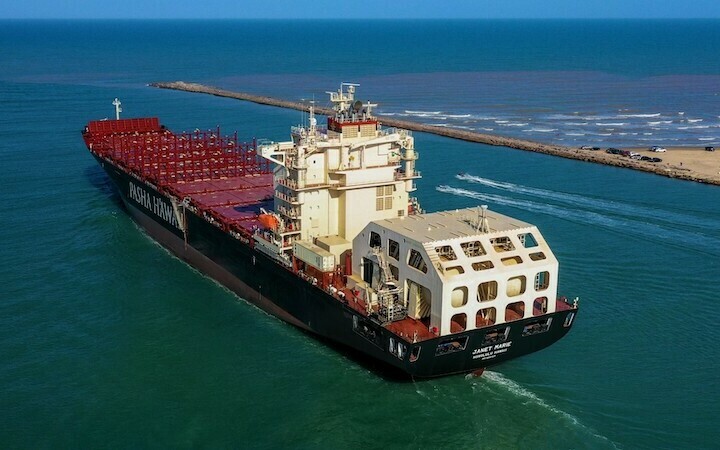Import cargo volume at major U.S. container ports is expected to hit its highest level in nearly a year this month as retailers stock up for the winter holidays, according to the Global Port Tracker report released earlier this month by the National Retail Federation and Hackett Associates.
“Port and package-delivery labor negotiations that threatened the supply chain at the beginning of the summer have been resolved and retailers are now focused on preparing for the all-important holiday season,” NRF vice president for supply chain and customs policy Jonathan Gold, said in a statement. “There are always supply challenges to be faced but holiday merchandise is flowing into the country, and we expect to see a smooth shipping season ahead of the winter holiday shopping season.”
Hackett Associates Founder Ben Hackett said double-digit year-over-year decreases in cargo volume this year have come even though consumer spending and U.S. employment have increased.
“Dollar figures for international trade show imports remain in a year-over-year decline and cargo volume shows the same,” Hackett said. “The discrepancy between rising growth in sales and declining cargo volumes is happening because retailers are working their way through inventory built up over the last 12 to 18 months. Cargo growth should resume as inventories are depleted.”
U.S. ports covered by Global Port Tracker handled 1.83 million TEUs (20' equivalent units) in June, the latest month for which final numbers are available. That was down 5.2% from May and down 18.7% year over year. That brought the first half of 2023 to 10.5 million TEUs, down 22% from the first half of 2022.
Ports have not yet reported July numbers, but Global Port Tracker estimates it will hit 1.91 million TEUs, down 12.7% year over year. August is forecast at 2.03 million TEUs, down 10.2% year over year, but the first month since last October to reach two million TEUs. September is forecast at 1.97 million TEUs, down 3%; October at two million TEUs, down 1%; November at 1.92 million TEUs, up 8% for the first year-over-year increase since June 2022, and December also at 1.92 million TEUs, up 10.7% year over year.
Those numbers would bring 2023 to 22.3 million TEUs, down 12.8% from last year. Imports for all of 2022 totaled 25.5 million TEUs, down 1.2% from the annual record of 25.8 million TEUs set in 2021.
Global Port Tracker provides historical data and forecasts for the ports of Los Angeles/Long Beach, Oakland, Seattle and Tacoma on the West Coast; New York/New Jersey, Port of Virginia, Charleston, Savannah, Port Everglades, Miami and Jacksonville on the East Coast, and Houston on the Gulf Coast.
The NRF analyzes economic conditions affecting the industry through reports such as Global Port Tracker.




